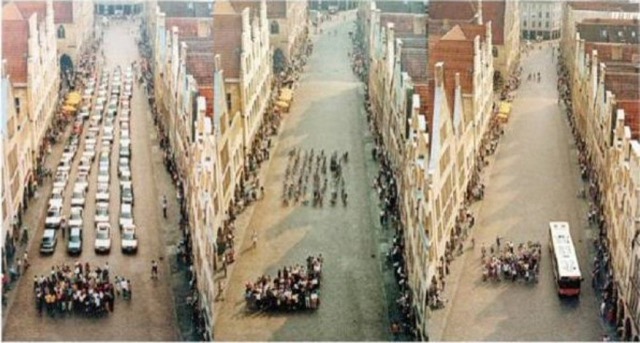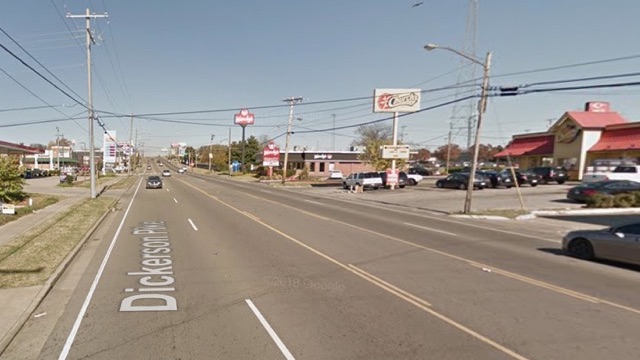Conner Harris of the Manhattan Institute argues that New York’s Metropolitan Transportation Authority actually has plenty of money to repair its transit lines; it’s problem is not a shortage of funds but the wasteful use of those funds on things like overtime, overstaffing, and similar inefficiencies. While those problems are real, and fixing them should be a high priority, the Antiplanner isn’t convinced that this alone will solve MTA’s financial woes.
Harris, for example, points to the fact that MTA’s operating expenses grew by 58 percent in the last decade, while inflation was just 18 percent. But he claims this increase came “though it scarcely expanded service.” In fact, as measured by vehicle-revenue miles, New York City subway service grew by a coincidental 58 percent between 2007 and 2017. Update: Mr. Harris kindly pointed out that I am in error on this; in fact, subway service grew by only 3 percent.
Harris also points to lower costs in London and Paris, noting that New York subway operations cost about 60 percent more, per vehicle mile, than those in London or Paris. I’m not sure about Paris, but London subway cars are a lot smaller than those in New York, so you would expect costs to be lower. Continue reading









